#1 Philips 3200
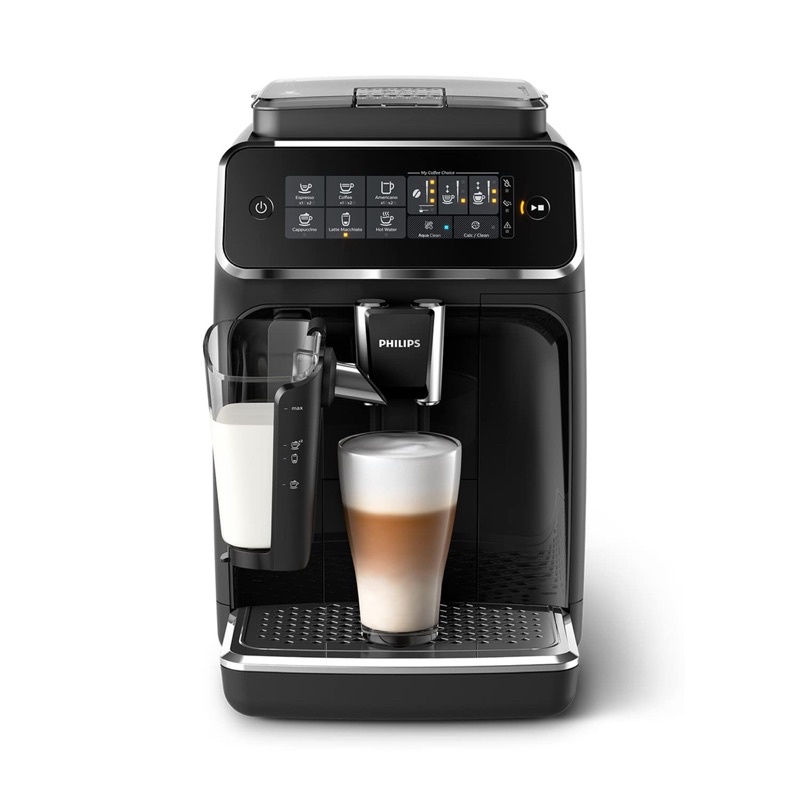
- Easy to use and navigate
- Affordable
- Compact design
#2 Philips 4300
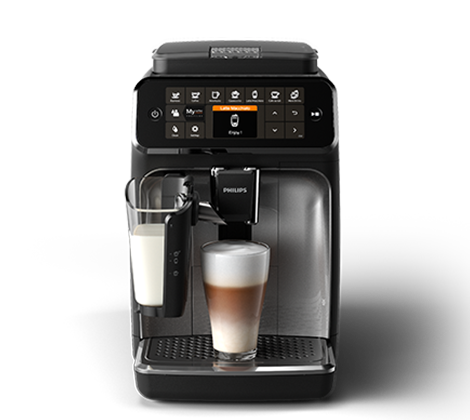
- Wide variety of drinks
- Intuitive touchscreen
- Compact with milk frothe
#3 Philips 5400

- Wide variety of drinks
- Advanced customization
- User profiles
When it comes to coffee machines, Philips has established a strong reputation for delivering high-quality, user-friendly appliances that cater to coffee lovers' needs. In this article, I’ll be diving into a detailed comparison of three popular models: the Philips 3200, 4300, and 5400. After extensive research and personal experience, I’m here to share why I believe the Philips 3200 stands out as the best choice among these three models.
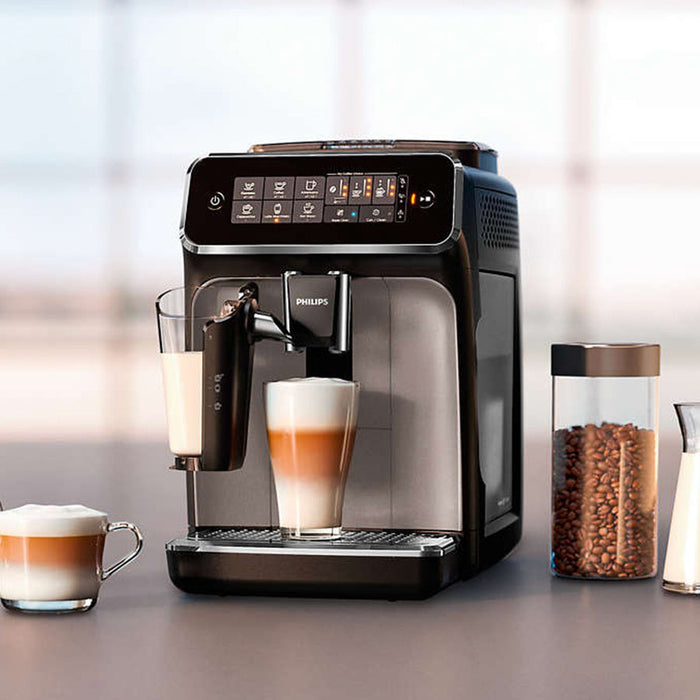
A Personal Journey with Philips Coffee Machines
As someone who appreciates a good cup of coffee, my journey with Philips coffee machines began with the Philips 3200. I was on the lookout for a machine that would not only simplify my morning routine but also deliver delicious coffee without requiring extensive barista skills. After trying the 3200, I found it to be a game-changer. The ease of use combined with the quality of the brew was exactly what I needed.
My curiosity didn’t stop there. I ventured into the world of the Philips 4300 and 5400, eager to explore what more advanced options had to offer. Throughout my experience, I found myself reflecting on what each model brought to the table and which one ultimately made my daily coffee ritual more enjoyable. About Philips company history
Philips 3200: The User-Friendly Choice
From the moment I started using the Philips 3200, it was clear that this machine was designed with the user in mind. The straightforward interface allows me to brew my favorite coffee drinks with just a few clicks. I particularly enjoy how I can easily switch between espresso and cappuccino, making it a perfect choice for my varied coffee cravings throughout the week.
One feature that I appreciate is the customizable coffee strength. I can adjust it according to my mood—whether I need a strong kick to start my day or a milder cup to sip on while reading. The ceramic grinder is also a highlight; it produces a consistent grind that elevates the flavor profile of each brew. I’ve found that the freshness of the coffee beans shines through, which is something I value deeply in my coffee experience.
Philips 4300: Advanced Features with a Learning Curve
The Philips 4300 caught my attention with its promise of enhanced functionality. It offers a touch display with numerous customizable options, which initially felt like a playground for coffee lovers. I was excited to try out its various drink options, including specialty coffees that I had only ever ordered at cafes.
However, as I delved deeper into its features, I realized that the complexity can be a bit overwhelming. While I appreciate having the ability to customize my drinks to this extent, there were times when I found myself struggling to navigate through the settings. If you’re someone who enjoys tinkering with your coffee and exploring different flavors, the 4300 might suit you well. But if you prefer a simpler, more direct approach to coffee making, you might find the 3200 more appealing.
Exploring the Philips 5400: Luxury and Complexity
The Philips 5400 was the last model I tried, and it certainly made an impression with its sleek design and luxurious features. This machine truly felt like a high-end appliance in my kitchen. The larger footprint and premium materials suggested a level of quality that was hard to ignore.
When I began using the 5400, I was met with an impressive array of coffee options. From rich espressos to creamy lattes, it catered to all my cravings. The machine’s ability to froth milk to the perfect texture was particularly noteworthy, allowing me to experiment with latte art—a hobby I’ve recently taken up.
That said, the 5400 comes with a significant learning curve. While I enjoyed the versatility, the advanced settings required more attention and time than I was willing to invest. For someone who loves to entertain guests and showcase a variety of coffee drinks, it’s a fantastic option. However, for my everyday use, I found the complexity slightly excessive. Idea on How to fix under extracted espresso
Brewing Quality: A Consistent Experience
One aspect that stands out across all three models is the brewing quality. The Philips 3200 consistently delivers a satisfying cup of coffee. I’ve noticed that whether I’m brewing a single shot of espresso or a creamy cappuccino, the flavors are well-balanced and rich. The convenience of having a machine that can produce such quality coffee at home has significantly enhanced my coffee routine.
The Philips 4300 offers similar quality but with a wider range of customization options. I enjoyed experimenting with the settings to find my ideal brew, but I also recognized that not everyone has the time or patience to navigate those complexities.
The Philips 5400 is on par with the other two in terms of brewing quality, but I felt that the increased features didn’t necessarily lead to a better coffee experience for my daily needs. For someone who prefers variety and enjoys perfecting their drink, it’s an excellent choice.
Maintenance and Longevity: Keeping It Clean
Maintaining a coffee machine is essential for ensuring it lasts and continues to brew great coffee. I found the Philips 3200 to be exceptionally easy to clean. The removable brew group simplifies the cleaning process, and the machine prompts me when it’s time to descale, making maintenance straightforward.
In contrast, the Philips 4300 requires a bit more effort to keep clean due to its more intricate design. While it still features removable parts, I found that some of the added components took extra time to maintain properly.
The Philips 5400 shares similar maintenance challenges as the 4300, with added complexity that may not be worth it for the average user. If you’re someone who doesn’t mind putting in a little extra effort to maintain your machine for that high-end coffee experience, it could be worth considering.
Price Point: Finding Value in Coffee Machines
Price is always a consideration when investing in a coffee machine. The Philips 3200 is positioned as a mid-range option, offering excellent value for its features and quality. For those who want a reliable machine without breaking the bank, it strikes a perfect balance.
The Philips 4300 is pricier, justified by its advanced features and customization options. If you’re someone who enjoys the art of coffee-making and doesn’t mind investing in a machine that offers that, it could be worth the extra cost.
Finally, the Philips 5400 is the most expensive of the three. While it offers a luxurious experience and an extensive range of features, I found that the added expense might not be necessary for those who appreciate simplicity in their coffee routine.
A Balanced Perspective on Choosing the Right Model
As I reflect on my experiences with the Philips 3200, 4300, and 5400, it becomes clear that each model caters to different preferences and needs. The Philips 3200 remains my go-to for its user-friendly design and consistent quality. It’s perfect for anyone who wants to enjoy great coffee with minimal fuss.
If you’re someone who revels in exploring different coffee styles and values the ability to customize your brews, the Philips 4300 might be the right fit for you, despite its steeper learning curve. On the other hand, the Philips 5400 appeals to those who enjoy a luxurious coffee-making experience and are willing to invest time in mastering their machine.
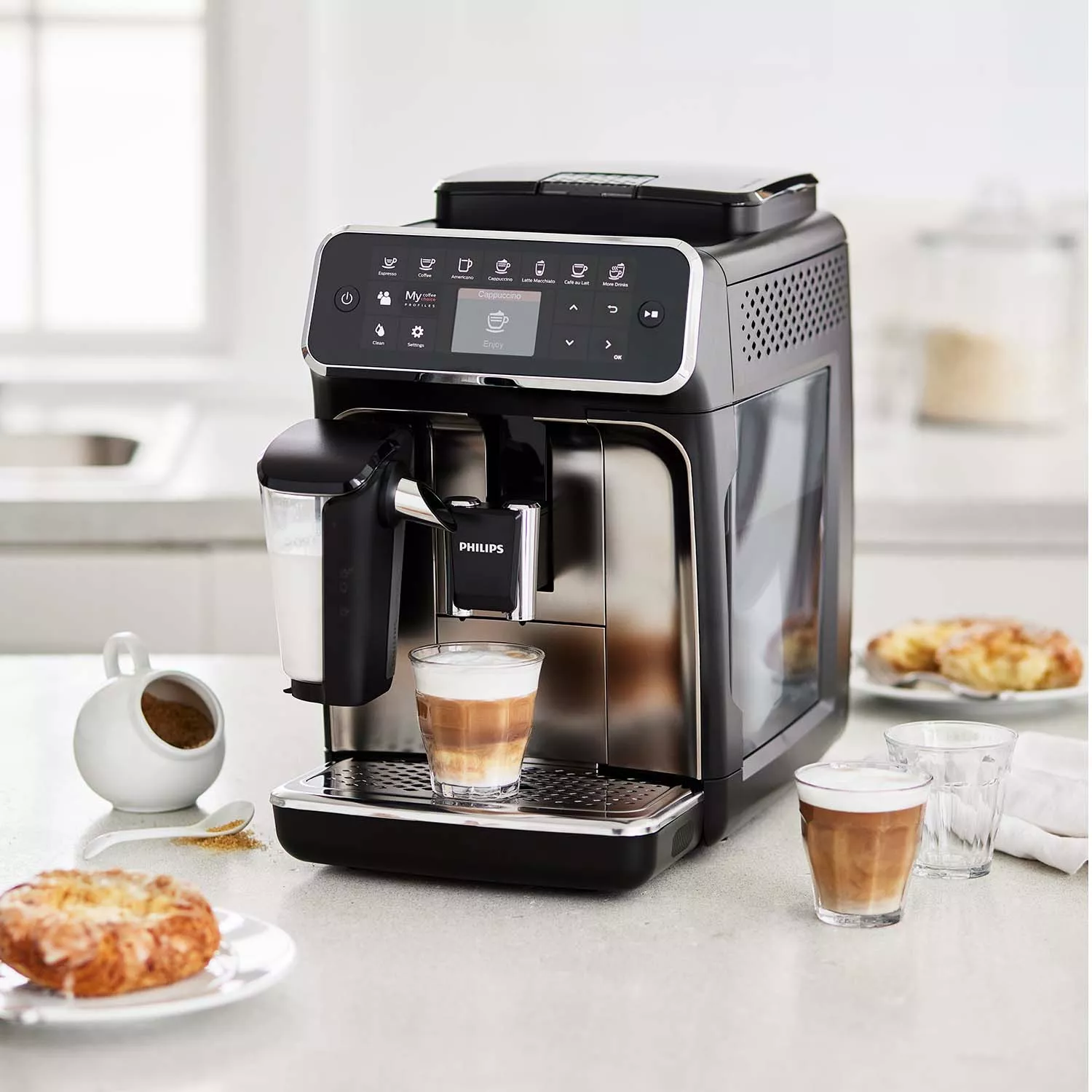
Product Review Conclusion: Philips 3200 vs 4300 vs 5400
In conclusion, while all three models—Philips 3200, 4300, and 5400—have their unique features and advantages, I firmly believe that the Philips 3200 stands out as the best choice. Its balance of user-friendliness, brewing options, maintenance ease, and price point makes it the ideal machine for coffee enthusiasts who appreciate quality without the frills.
The Philips 4300 and Philips 5400 are certainly impressive machines, but they cater more to those who are willing to invest time and money into an extensive range of features. For the average user looking for a reliable and delightful coffee experience, the Philips 3200 is, without a doubt, the superior option in the Philips lineup.
If you’re considering purchasing a fully automatic espresso machine, I wholeheartedly recommend the Philips 3200. It delivers exceptional value and quality, ensuring every cup of coffee is a delightful experience.
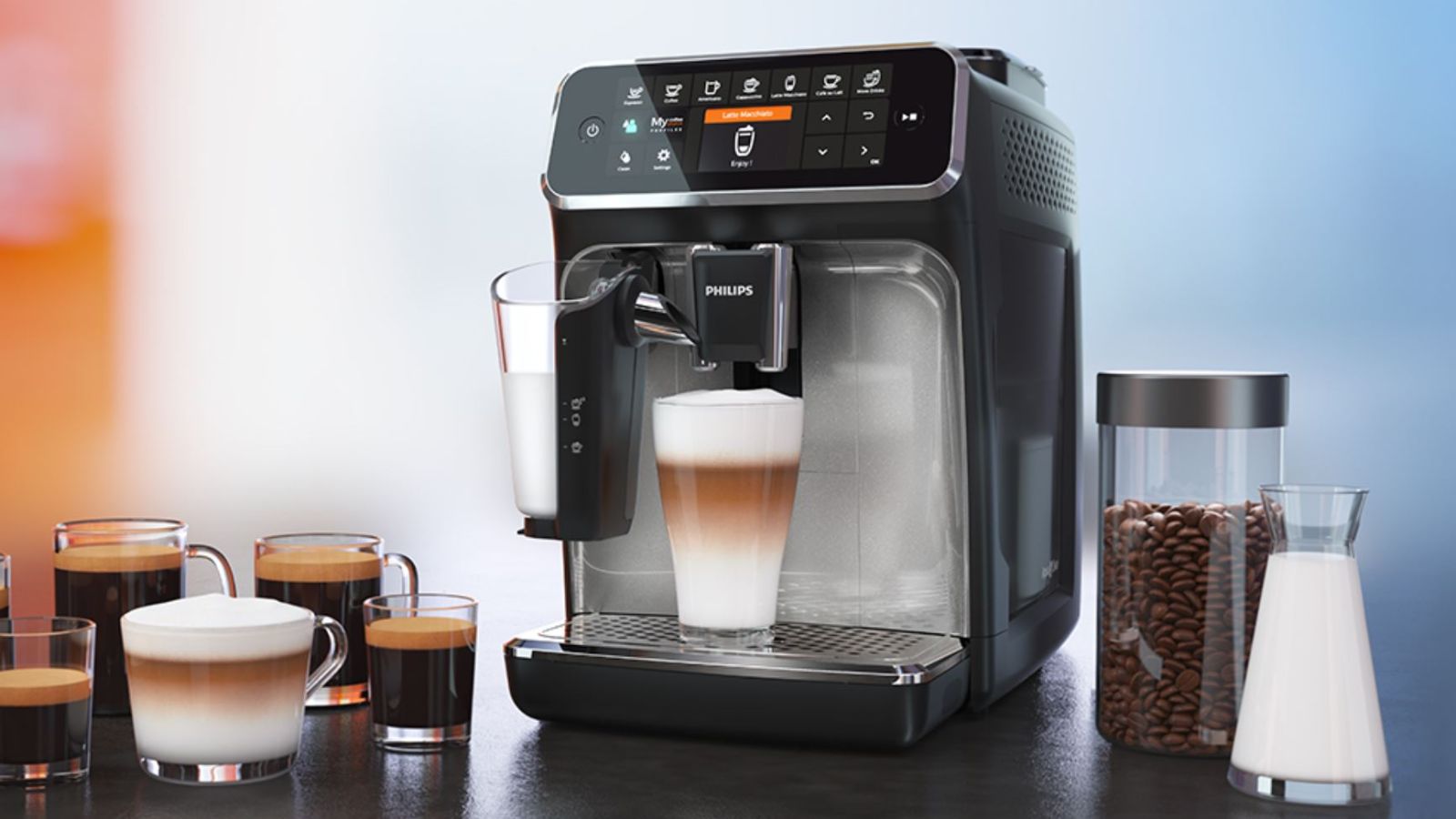
Frequently Asked Questions (FAQs) about Philips 3200, 4300, and 5400
1. What are the main differences between the Philips 3200, 4300, and 5400?
The primary differences lie in their features and complexity. The Philips 3200 is user-friendly, with essential brewing options and easy maintenance. The Philips 4300 offers more customization and advanced settings but can be overwhelming for some users. The Philips 5400 features a luxurious design and extensive coffee options but comes with a steeper learning curve.
2. Which model is the easiest to use?
The Philips 3200 is the easiest to use, with a straightforward interface that allows for quick and simple coffee preparation. Its intuitive controls make it accessible for anyone, regardless of their coffee-making experience.
3. Can I make specialty coffee drinks with these machines?
Yes, all three models can make a variety of specialty coffee drinks. The Philips 3200 allows you to brew espresso, cappuccino, and latte macchiato easily. The Philips 4300 and 5400 offer additional customization options for an even wider range of drinks.
4. How often do I need to clean and maintain the machines?
Regular maintenance is crucial for all three models. The Philips 3200 simplifies cleaning with its removable brew group and automated descaling reminders. The Philips 4300 and 5400 also have removable parts but may require more effort to maintain due to their added features. It’s generally recommended to clean the machines after every use and descale them every few months, depending on water hardness.
5. Is the coffee quality different between the models?
While all three models brew excellent coffee, the Philips 3200 consistently delivers a satisfying cup with rich flavors. The Philips 4300 and 5400 allow for more customization, which can enhance the flavor profile but may require more experimentation to achieve the perfect brew.
6. What is the price range of these machines?
The Philips 3200 is typically the most affordable of the three, making it a great value for its features. The Philips 4300 is more expensive due to its advanced functionalities, while the Philips 5400 is the priciest, reflecting its luxurious design and extensive coffee-making capabilities.
7. Do these machines have a built-in milk frother?
Yes, all three models come with a built-in milk frother. The Philips 3200 has a manual frother, while the Philips 4300 and 5400 offer more automated frothing options, allowing for a variety of milk textures to suit different coffee drinks.
8. Can I use pre-ground coffee with these machines?
The Philips 3200, 4300, and 5400 are designed primarily for whole beans, as they come with built-in grinders. However, if you prefer using pre-ground coffee, you can usually find an option in the settings to accommodate that. It’s best to refer to the user manual for specific instructions.
9. Are replacement parts readily available for these models?
Yes, Philips provides replacement parts for all their coffee machines, including the 3200, 4300, and 5400. You can find these parts on the Philips website or through authorized retailers.
10. Which model would you recommend for a beginner?
For beginners, the Philips 3200 is highly recommended due to its ease of use and straightforward brewing process. It offers a great introduction to making high-quality coffee at home without overwhelming the user with complex settings.
